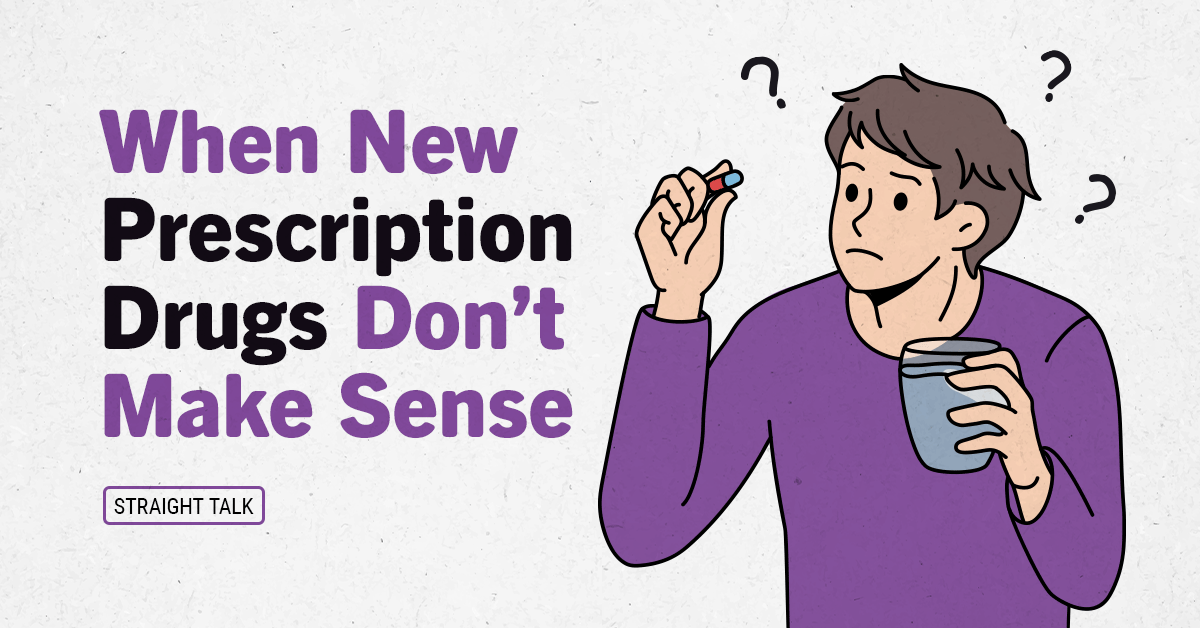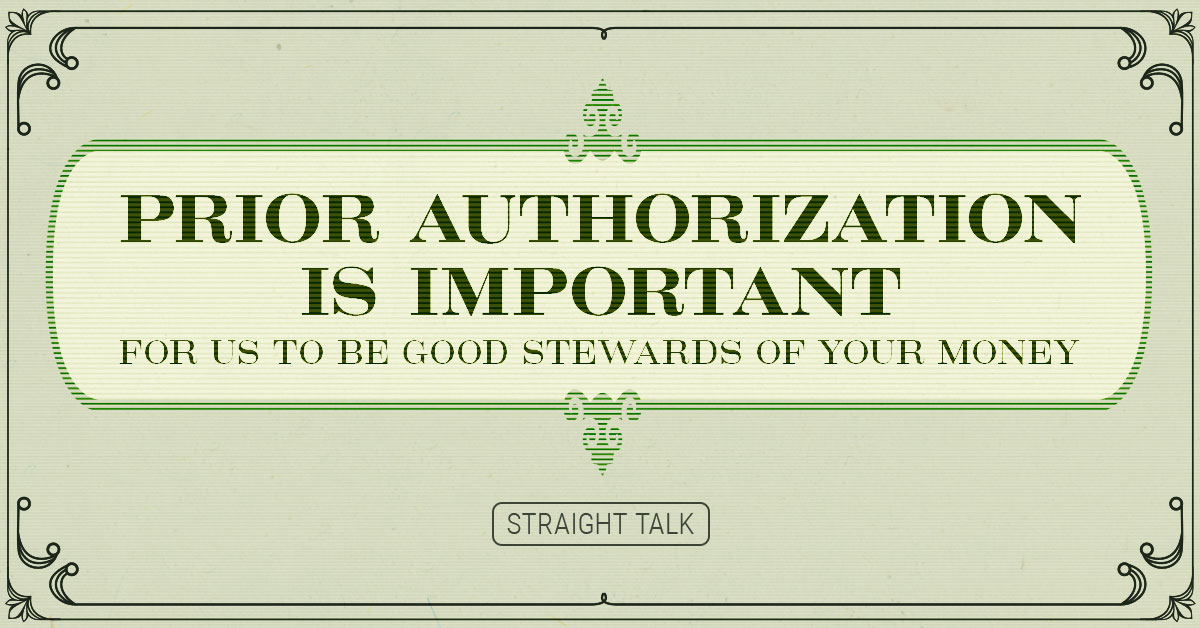I know we haven’t talked about prescription drugs much lately, but this seems like a good time to revisit the conversation around prescription drugs and how they affect your health insurance coverage.
We hear often about new wonder treatments that, while expensive, are saving people and improving lives. We’re lucky to have them! There are also treatments that promise the moon and don’t deliver. Sometimes, new prescription drugs just don’t make sense.
How does Blue Cross determine what to cover? I explain in this video (4:35).





This short video didn’t seem to explain how Blue Cross determines what to cover at all. It did tell me Blue Cross is covering 2 drugs that cost millions of dollars to complete the therapy for an average of 6 people a year in the state of Louisiana. I’ve always been interested in how you determine what drugs to cover and what drugs not to cover. This video did not explain it. Lets use the example of Nexium. A drug you covered for years but stopped several years ago. I was taking the 40mg dose for a pre-cancerous condition and you stopped covering it. Yes, I am taking the generic that you do cover and it is obvious it does not have the same effect on me as the Nexium. Yes, my doctor even made a fuss about it but you decided for the doctor that it was not worth the money. I could go into a very long explanation about how the different drugs affect me (much longer than the video) but I have lost faith that it will do any good. That’s the shame of it all. Of course I will continue to use Blue Cross since I don’t have much choice these days. There are many great things I can say about your company and the way it used to be. These times they are a changing.
Mack! Thanks for reaching out.
In general, drug coverage decisions comes from a variety of sources. When I started at BCBSLA it only took 11% of your premiums to cover everyone’s drugs. In 2019, it was more like 28% of premiums and rising rapidly. This means of the 10,000+ drugs in the average formulary, we are looking very carefully at each one.
Since 90% of our members are on an employer-based plan, and the employer is paying the lion’s share of the employee premiums, they have input into what is covered or not. We are also very in-tune with what the FDA says about covered drugs and their safety and efficacy. Science plays a very big part in what we cover and how in our drug formularies. Committees of pharmacists meet regularly to discuss the way we provide drug coverage. Finally we look at price, if there are substantial financial gaps between a generic and a brand-name drug, you can expect to see significant difference in co-pays between the two, and on some smaller formularies, drugs where the science does not support covering both, the expensive, identical brand drug may disappear completely from a drug plan.
If you and your physician are experiencing a situation that you are convinced can ONLY be solved by a brand-drug (exceedingly rare) then you should appeal through your health plan and have your physician speak to the pharmacy benefit manager to explain his/her rationale for the need for the brand drug.
I hope this helps!….mrb
Supporting eliminating “spread pricing” by PBMs would go a long ways towards lowering costs. Also, eliminating mail order, where the PBM owns the mail order shop, and adds hundreds to thousands of dollars to the cost of medication would also dramatically lower costs.
Until BCBS decides to step up to help eliminate this, these videos come across as very hollow.
Chris!
Since the Affordable Care Act put a hard cap on our gross margins and requires rebates when we miss that cap, our ability to negotiate with drug companies and build in-house drug formularies has virtually disappeared. We simply are not given enough over-head clearance to contract with 1,200 drug companies for over 10,000 drugs that are parts of the average formulary. We’ve computed that doing that ourselves would raise Louisiana premiums OVER $300 million a year. PBM’s have already done all this contracting, and their charges that you are decrying are considered “medical costs” and not overhead by the government and even if they went away the premium increases you’d see in your health insurance would make millions very unhappy. BCBSLA buys $900m a year in drugs for our population, which sounds like a lot. But the US drug market is $340 BILLION or so, so we have no leverage in that situation. Mail-order and Spread Pricing are direct results of the administrative handcuffs put on carriers by the Affordable Care Act in my opinion, coupled with continued requirements for us to cover more and more drugs. That’s the reality on the ground today.
Remember, in the entire medical payment community, NO OTHER ENTITY, not docs, drug companies, hospitals, labs, imaging centers, urgent care, pharmacies, NONE of them have federally capped gross margins. ONLY health insurance companies. Something to think about.
Cheers!…mrb